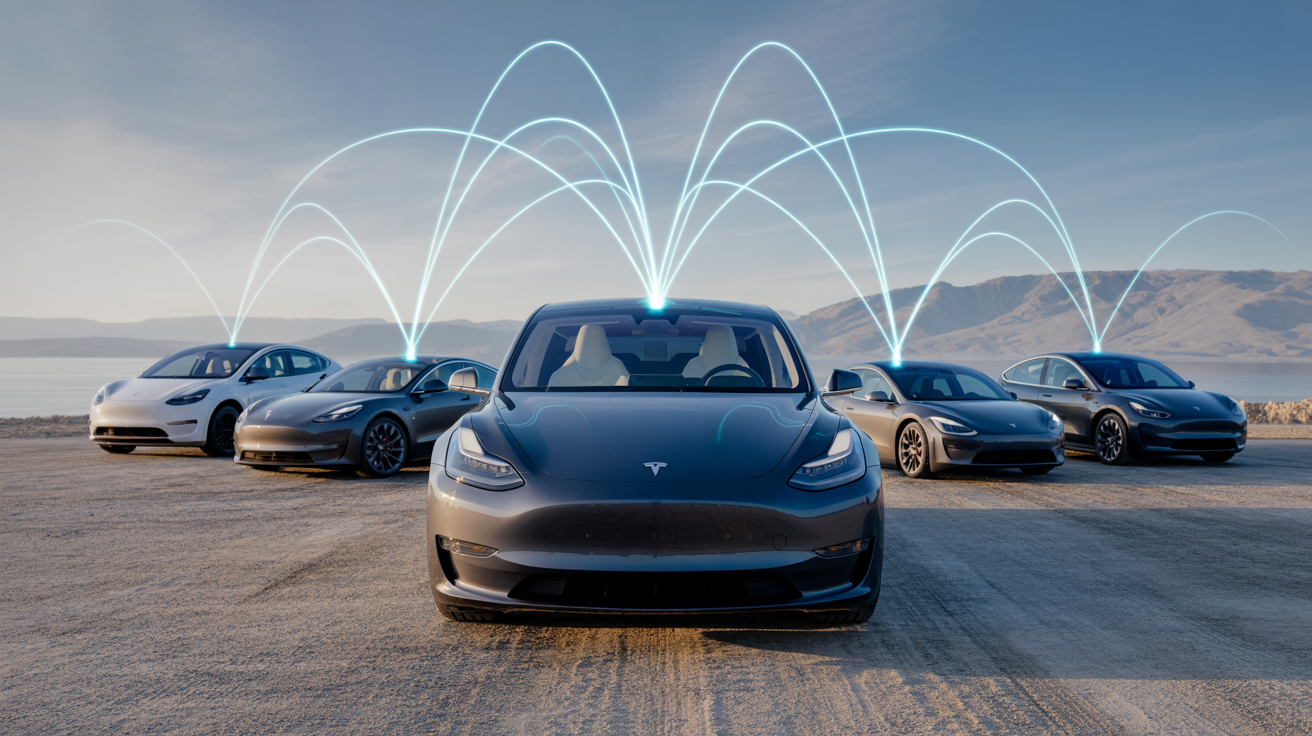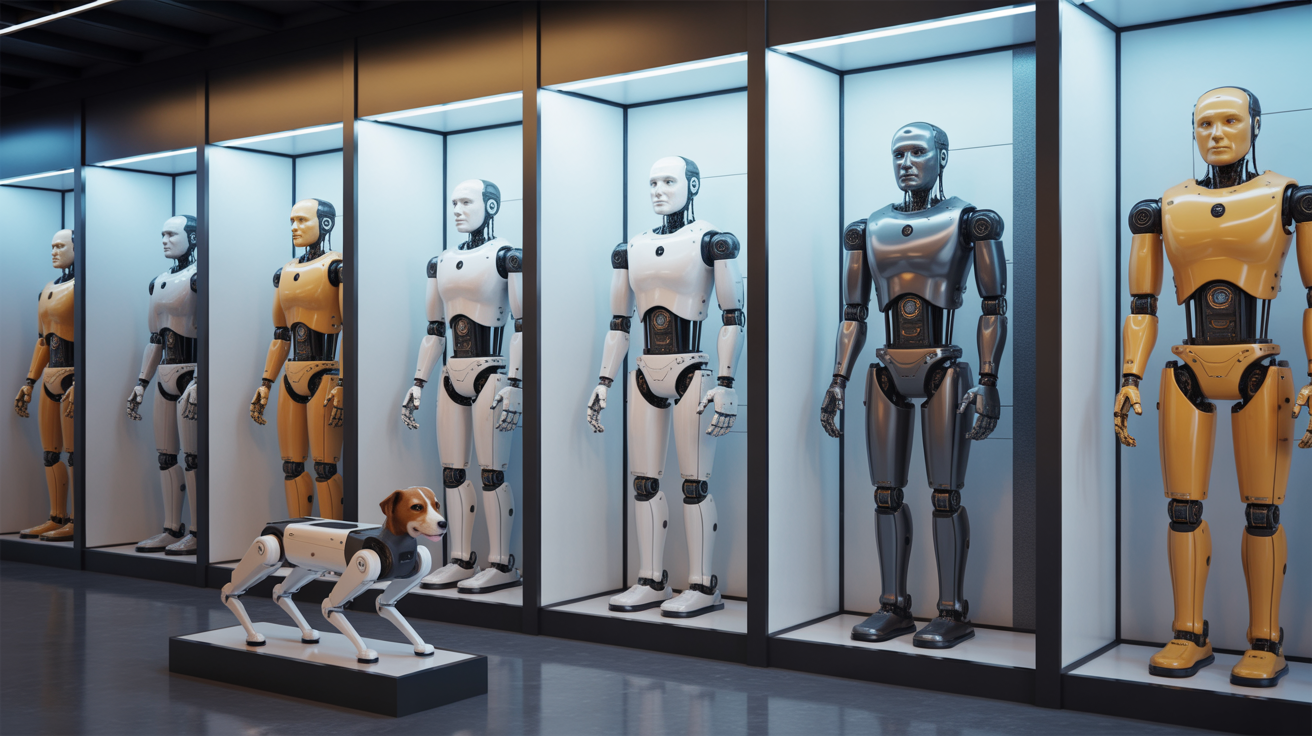By Futurist Thomas Frey
In early 2025, the European Union fined Meta $1.3 billion for violating data privacy regulations while simultaneously allowing different content moderation standards across borders. The same week, TikTok faced bans in multiple countries over national security concerns, while X (formerly Twitter) battled governments over misinformation policies that varied wildly by jurisdiction. Meanwhile, deepfake videos of political leaders proliferated across platforms, with no coordinated response to determine authenticity or manage distribution.
The chaotic patchwork of regional regulations attempting to govern global platforms has reached a breaking point. What was manageable complexity in 2020 has become ungovernable chaos in 2025.
We urgently need global authorities for the digital age.
Continue reading… “Our Urgent Need for Global Authorities”












